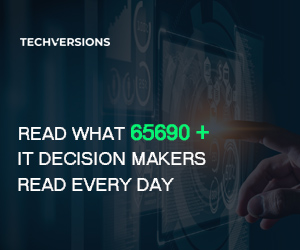In the past, credit scoring was simple, formulaic, and opaque—but now, it’s complex, dynamic, and still opaque. Traditional models like FICO and VantageScore once ruled with static rulesets, relying on a few key data points: payment history, credit utilization, length of credit history, types of credit, and new inquiries. But in 2025, that landscape is being reshaped by machine learning algorithms, alternative data, and real-time analytics.
From Static Scores to Dynamic Models
Credit scoring was historically a backward-looking measure. Did you pay on time? How much debt do you have? Have you defaulted before? These are still important, but they no longer capture the full picture of your creditworthiness in an increasingly digital, gig-based, and mobile-first economy.
Modern credit scoring uses predictive modeling, which considers not just your past but the statistical likelihood of future default. These models are trained on millions of anonymized profiles and use techniques such as gradient boosting, random forests, and deep neural networks to uncover patterns that traditional scoring systems miss.
Alternative Data: The New Frontier
A key evolution is the inclusion of alternative data—non-traditional indicators of financial behavior. This includes:
- Utility and telecom payments
- Rental history
- Bank account cash flow data
- Gig economy income patterns
- Social signals and digital footprints (in emerging markets)
Companies like Experian Boost and Upstart use this to help thin-file or credit-invisible individuals establish a credit profile. For instance, someone with no credit cards but a consistent history of rent and utility payments might now qualify for loans they previously couldn’t access.
The Role of Explainable AI (XAI)
Despite the sophistication of these models, a major concern is transparency. Deep learning models often function as black boxes, which raises issues for regulators and consumers alike. That’s where Explainable AI (XAI) steps in—aiming to make algorithmic decisions understandable to humans.
Some lenders now use XAI to provide clearer reasons for credit decisions. Instead of a vague “Your score is too low,” consumers may get feedback like “High utilization on your revolving credit impacted your risk score by 18%.” This push for transparency is also fueled by regulations like the EU’s AI Act and proposed updates to the U.S. Fair Credit Reporting Act.
Bias and Fairness in Credit Algorithms
With all this data and automation comes a major risk: algorithmic bias. If a model is trained on biased historical data—such as loan approval records that favored certain demographics—it can unintentionally perpetuate discrimination. Fair lending laws now require that models be tested for disparate impact and bias mitigation. Techniques such as fairness constraints and adversarial debiasing are becoming standard in credit model development.
Also read: Why Your Bank’s Default Settings Are Costing You Money
Final Thoughts
Modern credit scoring is no longer a single number pulled from a credit bureau database. It’s an evolving, algorithmic process pulling from a wide range of behavioral and financial data sources. While it opens doors for many underserved consumers, it also raises serious questions about transparency, fairness, and control. As consumers, understanding these hidden algorithms isn’t just technical curiosity—it’s essential financial literacy.








